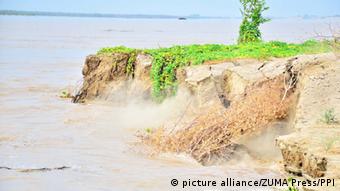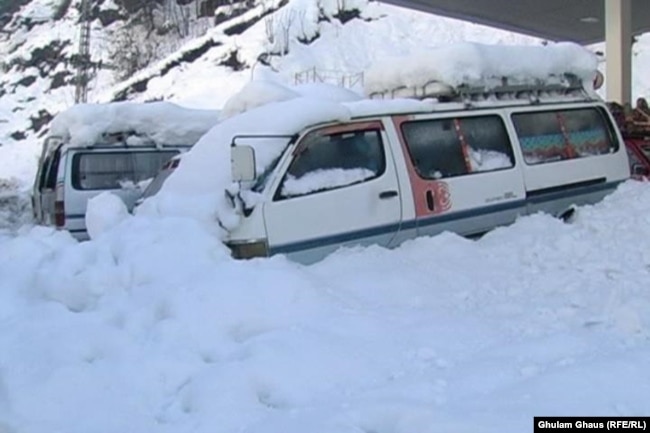By Muzzammil Mukhtar
 |
| CHARLIE WILSON,REAGON,ZIA,ISIS responsible for radical islamic terror. |
The impact of the psychological ghettos developed through the imported curriculum in the 1980s, during the Cold War era, can widely be observed in the Pakistani society. The jihadist curriculum ingeniously designed in the University of Nebraska has worked very well for the imperialist masters of General Zia Ul Haq. The Pakistani nation has gained nothing but fundamentalism, exclusion of progressive thinking, existential fear and substantial instability – both within the region and worldwide.
An analysis of the development of fundamentalism in Pakistani obliges one to study the role of the self-declared ‘Soldier of Islam’ General Zia Ul Haq and at least two of his aides, Generals Akthar Abdur Rahman and Hamid Gul. All three participated in the formation of the Taliban. This was for the purpose of the so called ‘sacred war’ against USSR. The named aides served as heads of the Inter-Services Intelligence (ISI).
In 1977, Zia seized power by way of a military coup. In the same year, the Parcham communists of Afghanistan withdrew their support for Sardar Mohammed Daoud Khan. They formed the People’s Democratic Party of Afghanistan (PDPA). Therefore, political regimes in the neighbouring countries became involved in the catastrophe threatening Daoud’s regime. In 1978, communists within the Afghan military overthrew Daoud’s regime. Such an overthrow took Washington by surprise.
In the wake of that overthrow, Islamabad’s role in Afghanistan was to seek leverage favouring Washington’s wish to create massive instability in Afghanistan. The source of this was Zia’s needs both for international acceptance of his undemocratic regime and the capital to strengthen and prolong it. Neither was conceivable without firm backing from the US establishment. Therefore, under orders from Zia, Akhtar, established the Afghan bureau of ISI. It worked with the CIA; and one of its first tasks was to destabilise Afghanistan. The ISI did a good job in Afghanistan for its backers. It massively armed the religious opposition and incited violence.
 |
| The United States spent millions printing textbooks for Afghan children and adults that encouraged violence against non-Muslim “infidels” like Soviet troops |
Eventually, Russian troops entered Kabul on Christmas Day in 1979. So Washington got its wished for opportunity to further wage the Cold War.
In that scenario, Zia successfully bid for Washington’s recognition and subsidy to fight a proxy war, in the name of jihad; and turned Pakistan into a factory for militants. The Pakistani military establishment set up several training camps, inter alia, in the tribal region along the border of Afghanistan. However, it did not stop there and a massive influx of jihadists entered into Pakistan from Saudi Arabia, Egypt, and other Middle Eastern countries.
It would be difficult to fight any such war without an ideological basis. So Zia declared the so called ‘Islamisation’ of Pakistan. This was despite its founding father, Muhammad Ali Jinnah’s wish to establish a secular society.
The result was immense ideological confusion, sectarianism, corruption and social intolerance. The weapons industry, industrial scale Talibanisation, and drugs trafficking developed. Cells of pro-establishment media formed. These were effectively oriented to disinformation; and they have never hesitated to proclaim that Russia would cross the Durand Line if Pakistan did not stop them in Afghanistan.
The implications of entering into the so called jihad have been so damaging that, till date, Pakistani society has not come out of its shadow. Despite the fragmentation in the recent years of various jihadist groups, there still appears to be clear distinctions between ‘good and bad Taliban’. Factions of establishment still support various banned outfits, such as the Haqqani Network, Al-Qaeda, Jamaat-ud- Dawa (an affiliate of Lashkar-e-Taiba), and Lashka-e-i Jhangvi (an affiliate of Ahle Sunnat Wal Jamaat – ASWJ). Proscribed outfits frequently change their names and carry on their operations without restriction, at times, under the umbrella of the so called ‘‘charity’’ work. Since their existence is considered to be in the interest of the state.
A well-researched discussion paper, ‘The Sun in the Sky: The Relationship between Pakistan’s ISI and Afghan Insurgents’ - published in 2010 by the Crisis States Research Centre at the London School of Economics - suggests that ISI closely manages Taliban organisations in Afghanistan and their war efforts. The Supreme Council of the Afghan Taliban, also known as Quetta Shura, includes ISI representatives.
It is regrettably difficult to suggest, even today, there has been any significant change in the influence of ISI on the Afghan Taliban and linkage with Al-Qaeda.
Despite the state’s official rhetoric as to gaining considerable success in the military operation ‘Zarb-e-Azb’, various reports suggest that prior to launching the military operation, several militants groups, presumably tipped off, fled from the area and relocated to Afghanistan and other parts of Pakistan. Simultaneously, numerous local and foreign militants left for Iraq and Syria to join the ISIS. Parts of the Punjab and Baluchistan regions are emerging as hubs of the militant activism. Banned formations, such as Jaish-e-Mohammad (JeM), Lashkar-e-Taiba (LeT), IS and Hizb-ut-Tahreer (HuT) etc. frequently recruit militants; whilst LeT and JeM have their offices all over Pakistan.
In December 2016, the Supreme Court of Pakistan publicised the inquiry commission report of Justice Qazi Faez Isa (the Justice Faez Report) on the 8 August attack on Quetta Civil Hospital. The Justice Faez report, despite its brevity, has made shocking revelations.
It states that from January 1, 2001 to October 17, 2016, there have been 17,503 terrorists’ attacks in Pakistan, and as of November 17, 2016, there were 63 proscribed organisations in Pakistan.
The Justice Faez report goes on to suggest, among others, that the National Counter Terrorism Authority (NACTA) has failed to devise an anti-terrorism strategy. ISI does not have a website. It cannot be contacted to convey information on terrorist related activities. The Minister for Interior called only one meeting of the Executive Committee of NACTA in over three and a half years. The Ministry of Religious Affairs and inter-faith harmony has failed to monitor or register madrasas (religious schools) and no counter-extremism narrative has been devised.
Moreover, in late December 2014, the All Political Parties Conference had agreed on a 20 point agenda to tackle terrorism – the National Action Plan (NAP). However, the Justice Faez Report suggests that it was not a plan at all, in as much as it gave neither details as to who would be responsible for implementing its components nor any timelines for that implementation.
Disappointingly, Pakistan’s civil and military leadership has not learnt from the harsh upheavals of nearly four decades. In a rather rational approach, at this stage there should be a clear agenda to eliminate fundamentalism from Pakistan since it has undermined the national interests to a devastating extent. This is particularly important when Pakistan is seeking to pursue wider economic interests by way of the China-Pakistan Economic Corridor. Distinguishing, as the Pakistani establishment does, between ‘good and bad Taliban’ can never break the jinx of fundamentalism. The civil-military leadership is still oblivious to the fact that Pakistan needs more than NAP’s 20 point rhetoric.
















